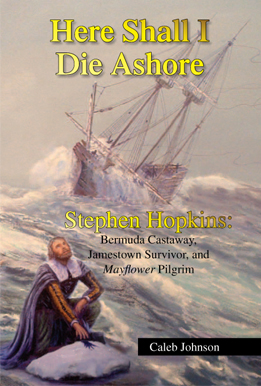Master Christopher Jones and several business partners purchased the ship Mayflower about 1607. It's origins prior to that remain uncertain. Its first documented voyage of record was to Trondheim, Norway, in 1609. Andrew Pawling hired the ship to take a cargo of London goods to Norway, sell them off, and buy Norway goods (lumber, tar, fish) to return back to England. Unfortunately on the return voyage, the Mayflower encountered a severe North Sea storm and the master and crew were forced to toss most of Pawlings goods overboard to lighten the ship.
The home of Master Christopher Jones in Harwich, co. Essex, England.
Following that, Christopher Jones seems to have stuck with safer trading routes. The Mayflower made numerous trips primarily to Bordeaux, France, returning to London with cargoes of French wine, Cognac, vinegar, and salt. The Mayflower could freight about 180 tons of cargo. The Mayflower also made occasional voyages to other ports, including once to Malaga, Spain, and twice to Hamburg, Germany.
Upon returning from a voyage to Bordeaux, France, in May 1620, the Mayflower and master Christopher Jones were hired to take the Pilgrims to Northern Virginia. This was the first recorded trans-Atlantic voyage for both ship and master, though Christopher Jones had several crewmembers, including pilot and master's mates John Clarke and Robert Coppin, who had been to the New World before.
The Mayflower was supposed to accompany another ship, the Speedwell, to America, but the Speedwell proved too leaky for the voyage so the Mayflower proceeded alone. Departing on 6 September 1620, the ship was at sea for 66 days, arriving November 9. The ship and crew overwintered with the Pilgrims and departed back for England on 5 April 1621, arriving back to England on May 6.
Christopher Jones took the ship out for a few more trading runs, but he died a couple of years later in March 1621/2. The ship was appraised for probate purposes in May 1624, and was referred to as being "in ruins." It was only valued at 128 pounds sterling, and was almost certainly broken up and sold off as scrap.
"Prosperous Wind," a painting by maritime artist Mike Haywood. Giclee prints on canvas are available in the MayflowerHistory.com store.






